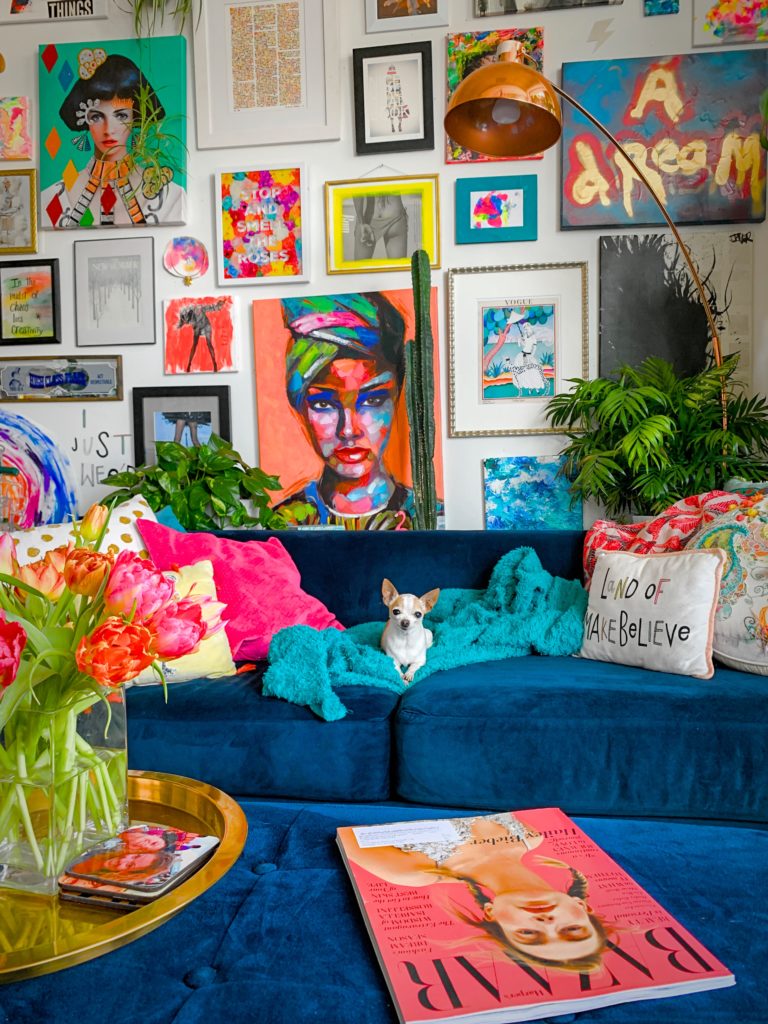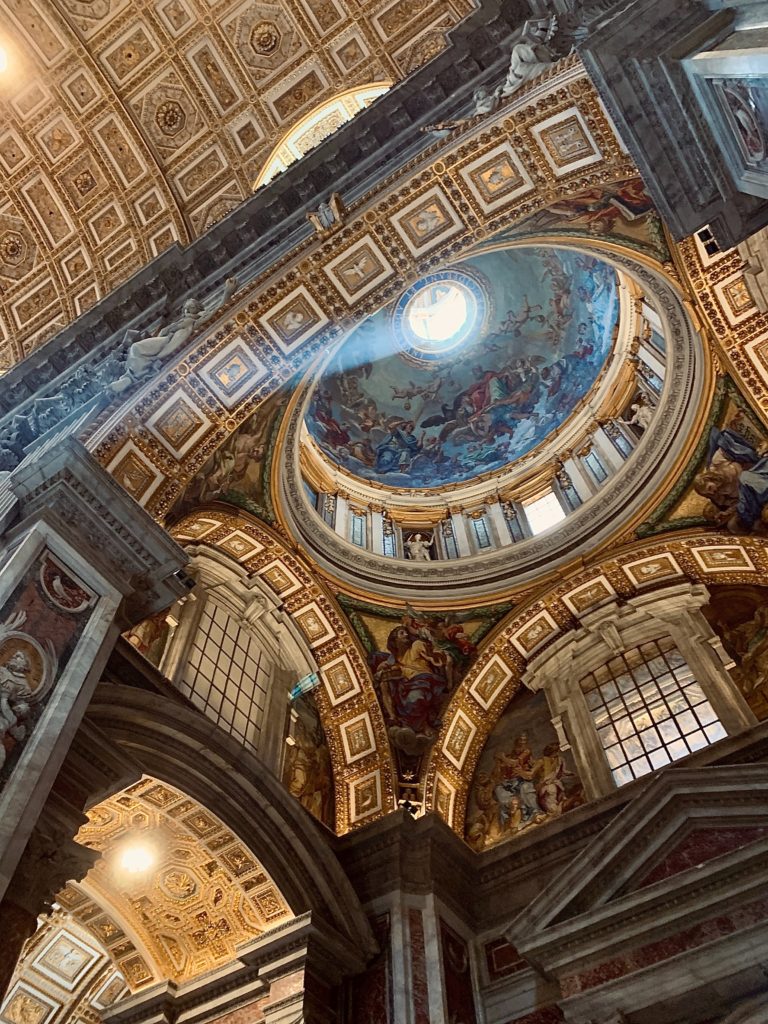
These two terms, minimalism and maximalism, suggest aesthetic extremes, and you can certainly take it to those lengths. If you love one of these approaches and dislike the other, it’s still helpful to survey this spectrum when developing your own preferences.
You can view minimalism and maximalism as helpful guides within the field of design where the possibilities are endless. And often the charm and character of something is best highlighted in contrast to its opposite. So on your journey to discover your design voice and express it in your own home or business, let’s peek behind the curtain at these two very distinct stylistic approaches to design.
A spectrum of design
Minimalism is by far the better known concept, and embodies notions of clean lines, bare surfaces, unfussy detailing, and muted color palettes (though it can actually be quite colorful). It’s often held up as an ideal within design.

Maximalism, by contrast, calls to mind an abundance of detail, a riot of color, and a crowded field of view. There are amazing designs and designers working along this entire spectrum, and these differing approaches all contribute to the rich landscape of possibility.
Minimalism and Maximalism
We use these terms not just in design, but in visual art, music, literature, or any creative art. In their most fully realized states, minimalism and maximalism may look nothing alike — a haiku on one end of the spectrum, Finnegan’s Wake on the other; a pure white canvas contrasted with a Baroque oil painting; or in the field of music, an ambient soundscape versus orchestral crescendo.

How do you compare such different points of departure? Inevitably it comes down to subjective preference. But it’s a good idea to familiarize yourself with styles outside your comfort zone, if only to provide contrast.
Great art and design exist in all genres. But there are genres I personally connect with strongly, as you surely do too. I don’t put too many labels on what I like, but labels are helpful in parsing our tastes. Finding the right vocabulary helps us to see things through a critical lens, which in turn will deepen our appreciation for why we have certain preferences.

Minimalism strives to reduce or remove the level of detail to the absolute least amount possible. In so doing, it allows objects and spaces to breathe openly, with an emphasis on functionality. The open space, in many ways, is the composition. Maximalism celebrates a broad sampling of components to form a detailed yet cohesive whole, without such aggressive editing. We often appreciate these designs as festive, narrative or theatrical. However, editing and curation are still paramount to creating a perfect composition of elements.
Harmony is the ultimate goal, and the particular visual vocabulary that we employ to get there is up to each of us. There is no genre in and of itself that is inherently better for you in your home. It will depend on your personal history and even your psychological relationship to space and to home. What brings you comfort and serenity? If you can answer that question in visual terms, you can begin to situate yourself on the spectrum of minimalism and maximalism.
As an Amazon Associate, this site may contains affiliate links and I can earn from qualifying purchases at no cost to you. View disclosure for more information.
I'm Claudia. Welcome to my Interior Design blog! I'm thrilled to share my expertise and passion with you. With over 20 years in the industry, I'm a Certified Interior Designer, holding an NCIDQ Certification, and an educator. Interior Design isn't just my career—it's my passion. Dive in to explore more about me. Click here to learn more!
Hi Friend!
Stay inspired—join our design community by subscribing to the blog today.
subscribe now
Other Posts You Might Like
©2025 Claudia Giselle Design | Interior Designer | Brooklyn, New York
Legal
BACK TO TOP
Testimonials
718-255-5949
Press
office@claudiagiselle.com
MENU
We create thoughtful, personalized interiors for those who value quality and beauty in every detail — serving NYC, Manhattan, Brooklyn, Long Island, the Hamptons, and the Hudson Valley (including Westchester and Dutchess County) & Beyond.
Timeless Classicism with a
Bold Touch of Elegance
Home
Services
Process
About
Blog
Portfolio
Scheudule a Consultation
GET IN TOUCH
Contact





